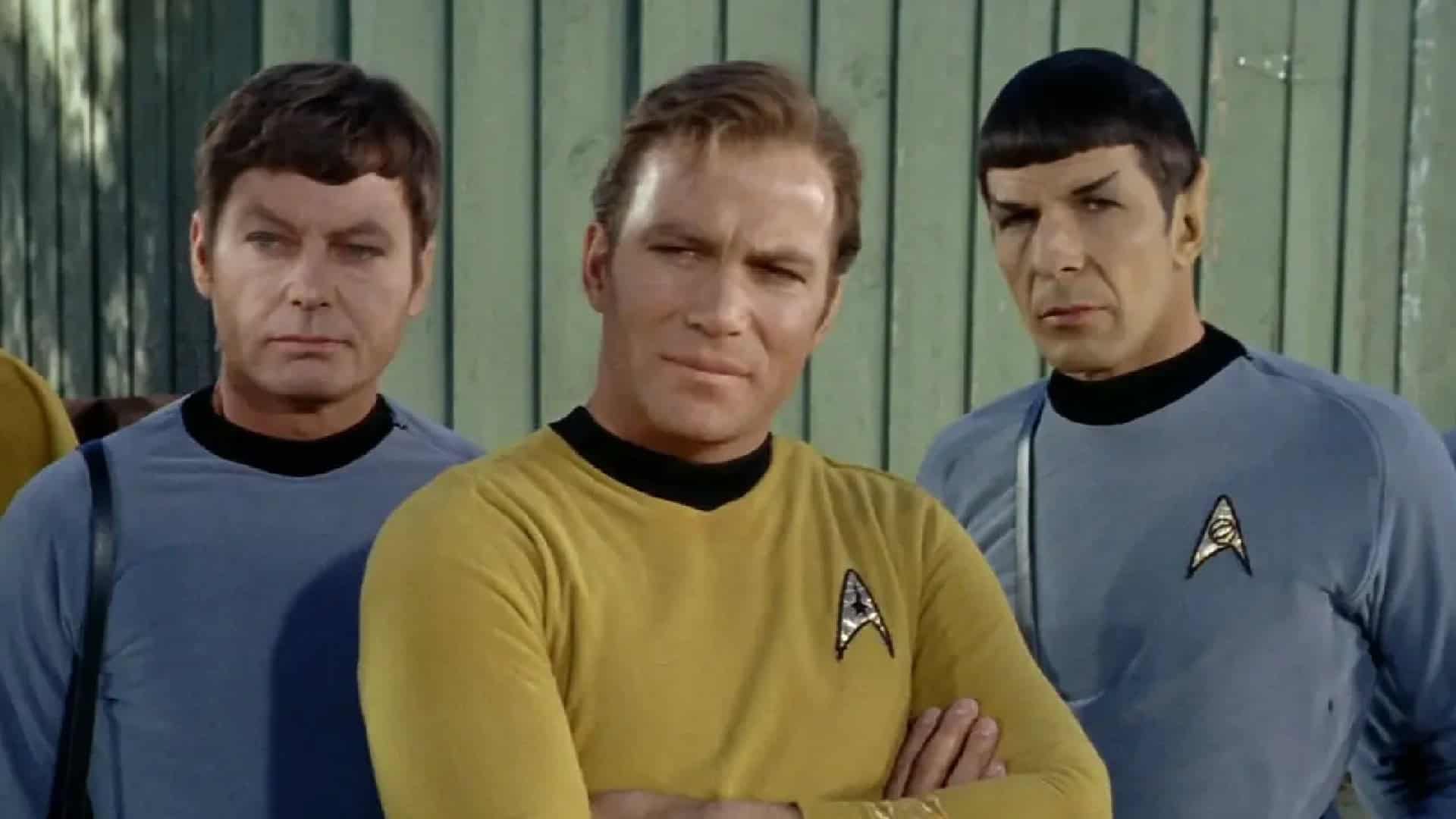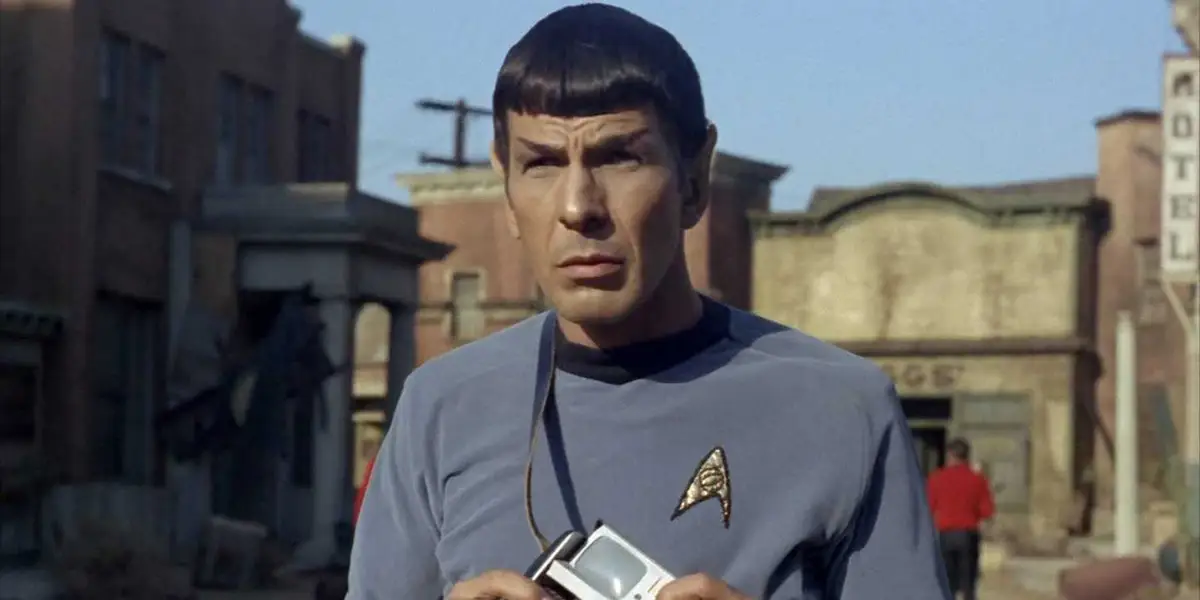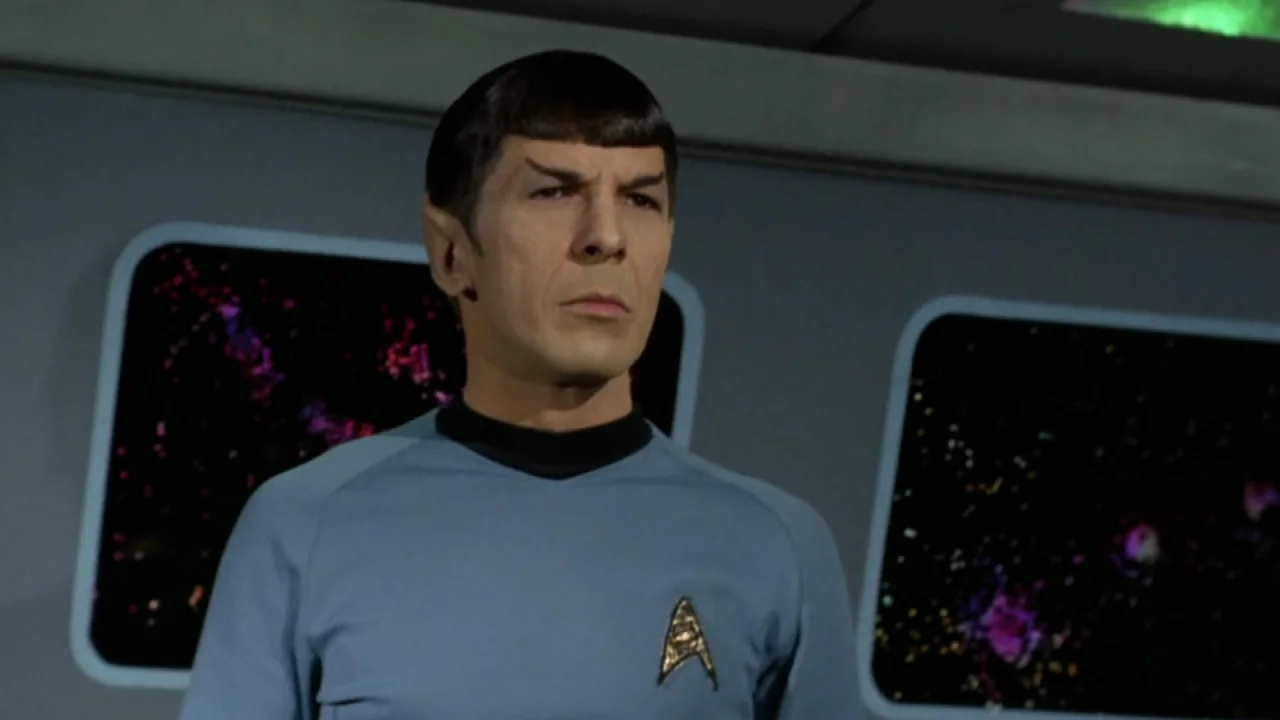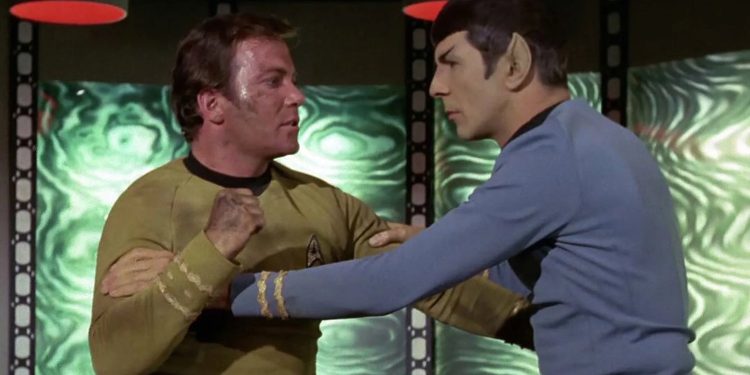William Shatner and Leonard Nimoy are names forever etched in the annals of television history thanks to their iconic roles as Captain James T. Kirk and Spock in Star Trek: The Original Series. Their dynamic performances propelled them to global stardom and solidified their status as pop culture legends. However, beneath the veneer of their celebrated partnership lay a story of tension and unresolved conflict, which has intrigued fans and scholars alike.
As the series concluded after three groundbreaking seasons, and the duo returned for a series of successful films, the public’s perception of their relationship remained largely positive. Yet, Shatner’s recent revelations shed new light on the nature of their early on-set disputes and their later estrangement.

Shatner’s Revelation: The Real Source of Their On-Set Tensions
In a candid interview with The Hollywood Reporter, William Shatner unveiled the true catalyst behind the early friction with Leonard Nimoy. Contrary to popular belief that their feud stemmed from personal disagreements, Shatner revealed that his anxieties were rooted in concerns about the show’s direction and not Nimoy’s character.
“I remember going to the producers and wondering whether they were going to change the thrust of the show as a result of the popularity of Spock,” Shatner admitted. “So my anxieties were never directed at Leonard per se; it was about ‘How was the show going to go?’”
This revelation paints a picture of a man worried about the balance of power and narrative focus within a groundbreaking series rather than a personal vendetta against his co-star. Shatner’s apprehensions were not about Nimoy’s increasing popularity, but rather the potential shift in the show’s focus.
From Feuding to Friendship: A Long-Lasting Bond
Despite the initial tensions, Shatner’s perspective on Nimoy evolved over time.
“When I realized what Nimoy had done with the character of Spock, I began to admire him,”
Shatner reflected. This admiration ultimately forged a strong friendship that endured for over fifty years.

Their relationship, however, was not without its final complications. Shatner and Nimoy, despite their long history, were reportedly estranged in the last years of Nimoy’s life. The nature of their estrangement, compounded by Shatner’s absence from Nimoy’s funeral in 2015, has been a subject of speculation. Shatner’s choice to attend a Red Cross fundraiser instead of the funeral led to various assumptions about their relationship’s status.
Unresolved Issues and Missed Connections
In his memoir and the book Boldly Go: Reflections on a Life of Awe and Wonder, Shatner discusses an incident that might have contributed to their final rift. According to Shatner, Nimoy’s refusal to participate in a documentary he was directing was a significant point of contention.
“I thought he was joking at first and treated it as a joke because he sometimes would pretend and say, ‘No, I’m not going to do that’ and then say, yes,’”
Shatner noted.
“But that time he really meant, no.”
Further compounding their estrangement was an incident involving footage of them at a convention being used without Nimoy’s consent. This misstep in Shatner’s documentary added to the growing distance between the two stars, leaving Shatner with lingering questions about the nature of their final interactions.

Legacy of Two Legends
The story of William Shatner and Leonard Nimoy is one of remarkable achievements intertwined with personal challenges. While their on-set tensions and final estrangement paint a complex picture, their collective contributions to the Star Trek universe continue to resonate with fans across generations. Their journey from rivalry to friendship, and the unresolved issues that marked their final years, reflect the intricate dynamics of human relationships amidst the backdrop of iconic stardom.
As we look back on their legacy, it’s clear that Shatner and Nimoy’s collaboration not only shaped the world of science fiction but also exemplified the depth and complexity of professional relationships. Their story serves as a testament to the enduring impact of their work and the intricate personal dynamics that often accompany great success.









